Ultrasonic Cleaning Technical Characteristics and Main Parameters
Browse Volume:1723 Classify:Support
Ultrasonic cleaning technical characteristics
Good cleaning effect, high cleanliness and consistent cleanliness of all work pieces. Fast cleaning speed, improve production efficiency. No manual contact with cleaning fluid, safe and reliable. It can clean deep holes, fine slits and hidden places of work piece. No damage to the surface of the work piece, saving solvent, heat, workplace and labor.
Ultrasonic cleaning method. More than the general conventional cleaning methods. Especially the surface of the work piece is more complex. Such as some surface dirty in mechanical parts. Some particularly small and have high requirements for cleanliness of products. Such as, watches and precision machinery parts, electronic components, circuit board components, etc. The use of ultrasonic cleaning can achieve very satisfactory results. The principle of ultrasonic cleaning is issue by the ultrasonic generator high-frequency oscillation signal. Through the transducer into high-frequency mechanical oscillation and spread to the medium – cleaning solvent.
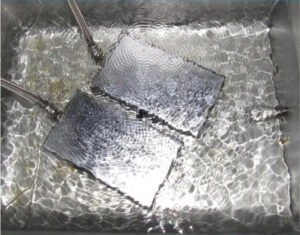
Ultrasonic cleaning process
Ultrasound in the cleaning fluid that in the same sparse forward radiation. So, the liquid flow and produce tens of tiny bubbles. These bubbles in the ultrasonic propagation, which of the negative pressure zone formation, growth. And in the positive pressure zone quickly closed. In this process called “cavitation” effect. Bubble closure can form more than 1000 atmospheres of high pressure. Continuous generation of instant high pressure is like a series of small “explosion”. Constantly impacting the surface of the object. So that the surface of the object and the crevices in the dirt quickly peeled off. So as to achieve the purpose of object surface purification.
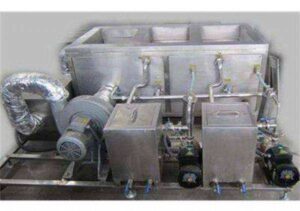
Industrial Ultrasonic Cleaner
Ultrasonic cleaning mechanism of action mainly has the following aspects
Because the bubble breakage when a powerful shock wave. A part of the dirt layer in the shock wave effect is strip down, dispersed, emulsified, off. Because the cavitation phenomenon generated bubbles. Formed by the impact of the dirt layer and the gap between the surface layer and the gap penetration. Due to this small bubbles and acoustic pressure synchronous expansion, contraction. Like peeling physical force repeatedly acting on the dirt layer, the dirt layer layer by layer is strip. Bubbles continue to penetrate. Until the dirt layer is completely strip. This is the secondary effect of cavitation. Ultrasonic cleaning in the cleaning fluid ultrasonic vibration on the impact of the dirt. Ultrasound accelerates the dissolution process of the chemical cleaning agent on the dirt. Chemical force combined with physical force to accelerate the cleaning process.
The main parameters of ultrasonic cleaning
Frequency: 20~90 KHz
Cleaning media. Use ultrasonic cleaning. The general two types of cleaning agents: chemical solvents, water-based cleaning agents, etc. The chemical effect of cleaning medium can accelerate the effect of ultrasonic cleaning. Ultrasonic cleaning is a physical effect. The combination of the two effects to the object for full and thorough cleaning.
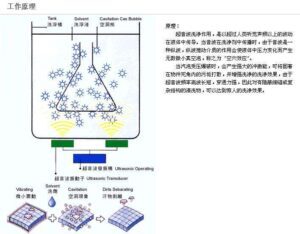
Ultrasonic Cleaning Principle
Power density. Power density = emission power/ emission. The higher the power density of ultrasound, the stronger the cavitation effect. The faster the speed, the better the cleaning effect. However, for the precision, the surface finish is very high objects. Using a long time of high power density cleaning. Will produce “cavitation” corrosion on the surface of the object.
Ultrasonic frequency. The lower the ultrasonic frequency, the easier the cavitation in the liquid. The greater the force generated, the stronger the effect. Suitable for work piece initial washing. High frequency is ultrasonic directional. Suitable for fine object cleaning.
Cleaning temperature. Generally speaking, the cavitation effect of ultrasonic wave is best at 30℃-40℃. Cleaning agent then the higher the temperature, the more significant the effect. Usually, the working temperature of 50℃-70℃ is use for practical application of ultrasonic.
 GranboSonic
GranboSonic





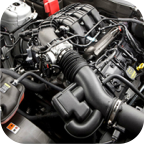
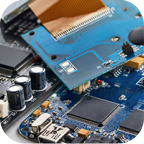


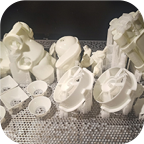

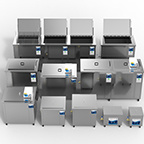




Hello!